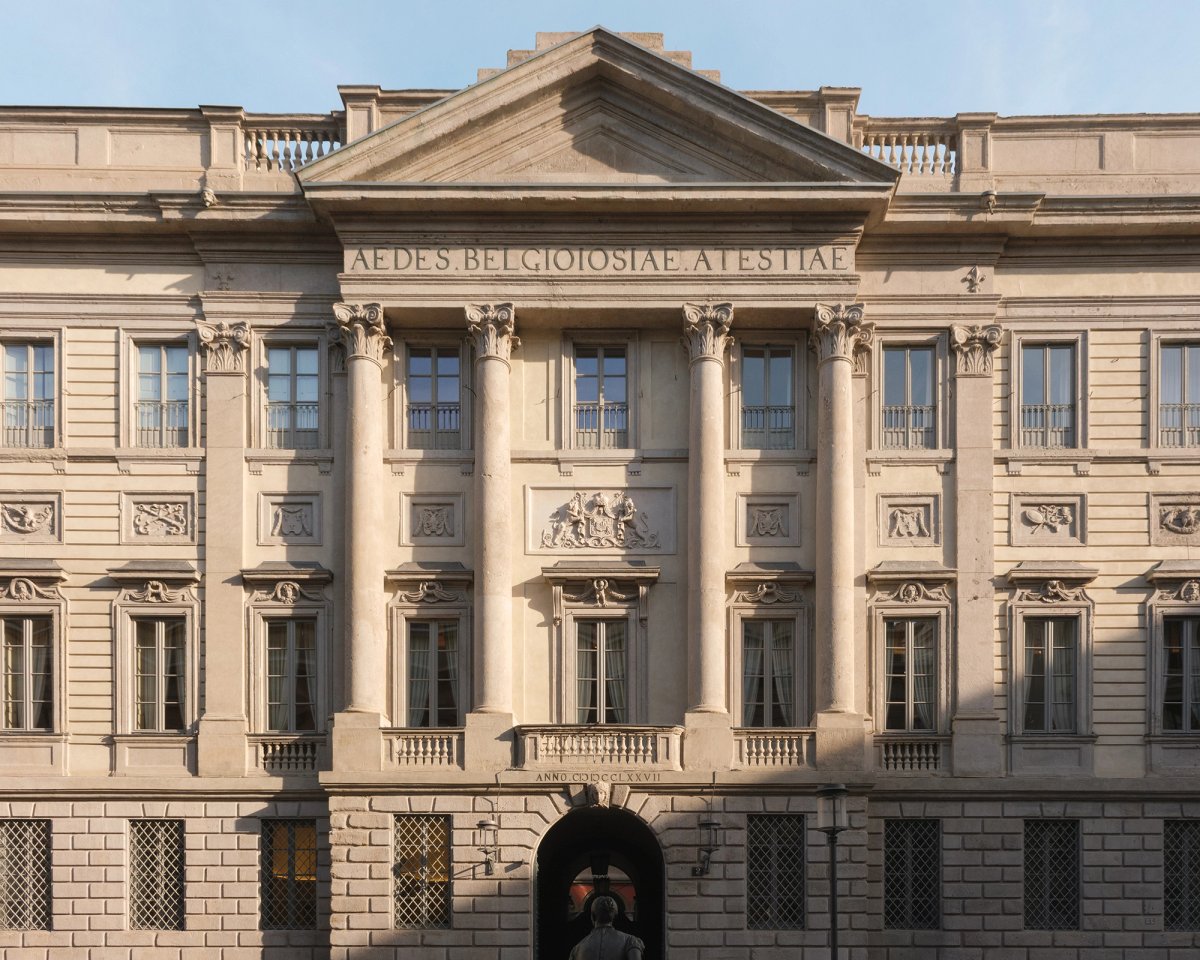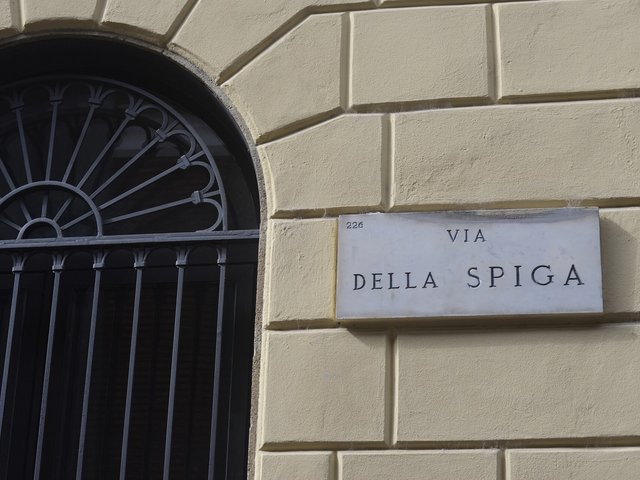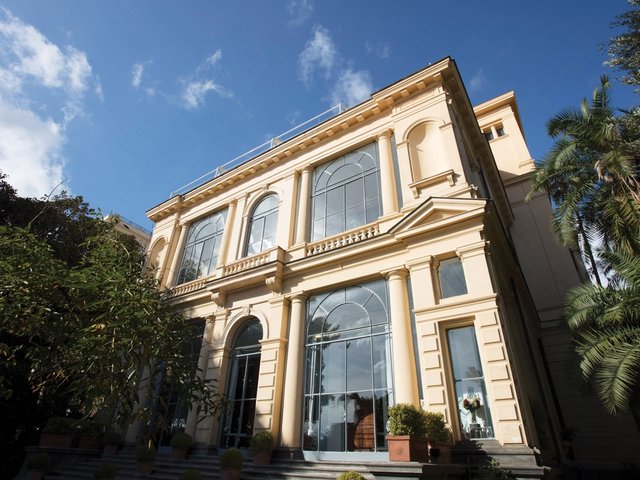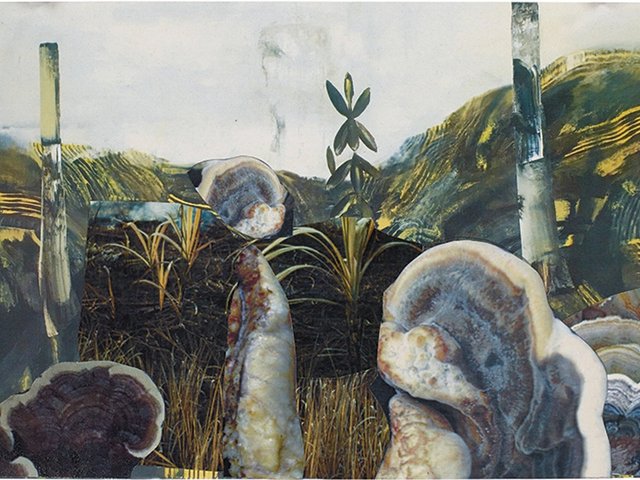Could Milan be the next hub for the art market? Quite probably, if the Austrian dealer Thaddaeus Ropac has anything to with it. This autumn he is opening a gallery in Italy's financial capital, famed for its rich art history, fashion status and, increasingly, a growing class of millionaires attracted by generous tax-break schemes for expats.
This will be Ropac’s seventh gallery, joining existing spaces in London, Paris, Salzburg and—most recently—Seoul. Ahead of many of his peers, Ropac opened in the Korean capital in 2021, before Frieze launched an art fair there a year later.
But Europe has consistently been Ropac’s focus. “We always felt we wanted to be the ultimate European gallery. And with our presence in the UK, France and Austria, Italy was just missing,” he says. The dealer also considered Venice—where many of his artists show during the Biennale—and Rome, settling on Milan around two years ago.
“Venice is so much part of what we do with our artists and collectors, of our cultural life, but for us it wasn’t the right place for a gallery, because it’s very seasonal,” he says. “Rome is of course the eternal city, but Milan is, culturally speaking, the heartbeat of Italy. It has the most interesting academies. It was responsible for the most important Modern movement—Arte Povera. It was really Turin and Milan where the avant-garde in art making was happening in Italy.”
The new gallery is situated in the Palazzo Belgioioso, spanning two enormous rooms across 280 sq. m of the historic building’s first floor. There are further plans to exhibit sculptures in the neighbouring Piazza Belgioioso. The Milan space will be headed by Elena Bonanno di Linguaglossa, who recently joined Ropac as an executive director having worked as a senior director at Lévy Gorvy Dayan for the past four years.
Within striking distance are the Teatro alla Scala and Duomo di Milano as well as the Modern and contemporary art museum Palazzo Citterio, which opened in December after 50 years of political wrangling. Its launch is a significant marker of the growing contemporary art scene in Milan.
Collecting art—as well as design—has been in Milanese blood for decades, if not centuries. Big name collectors including the fashion designer Miuccia Prada, the pharmaceutical entrepreneur Luigi Rovati and Pirelli boss Marco Tronchetti Provera have all opened private museums in the city, while other institutions boast some of the finest collections of Old Masters in the world. Top tier collectors also reside in nearby Parma, Reggio Emilia and Como.
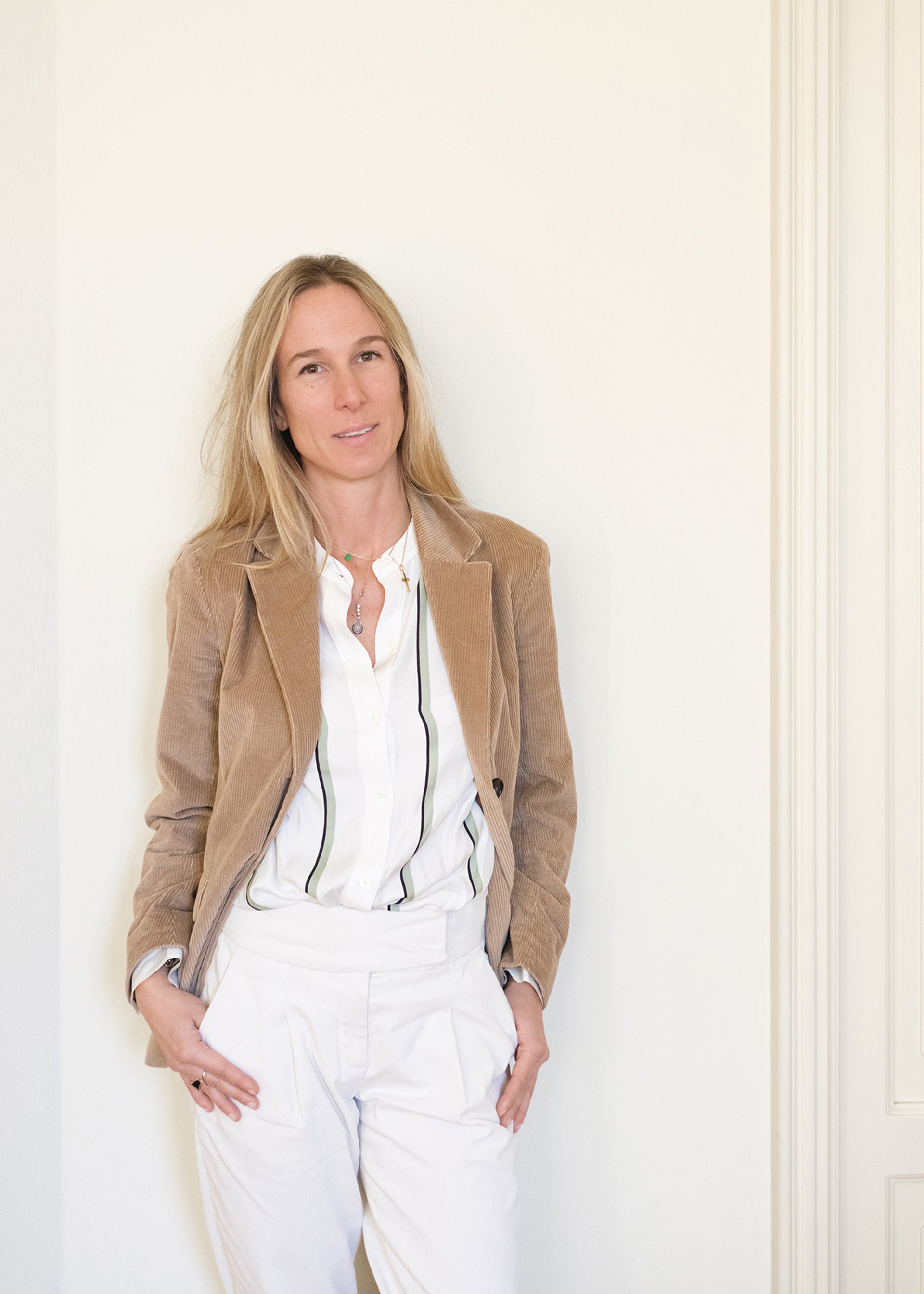
Elena Bonanno di Linguaglossa has joined Thaddaeus Ropac as executive director and will lead its Milan gallery
Courtesy Thaddaeus Ropac gallery. Photo: Adriano Mura
In addition to this a new collector class may be emerging in Milan, which is fast becoming a magnet for millionaires since a 2017 scheme introduced a flat tax of €100,000 on any foreign income. Many of them are coming from the UK after the new Labour government announced it would abolish the non-dom status, which means a non-dom (a UK resident with a permanent home elsewhere) pays UK tax only on the money they earn in the UK. According to UBS’s latest Global Wealth Report, around 500,000 millionaires are due to leave the UK by 2028.
Bonanno di Linguaglossa says Milan is “becoming the ultimate place where everybody wants to be”. She adds: “It’s a very international. You have more international people than Italians moving there.” Besides the tax advantages, she points out that Milan is, logistically wise, “a very comfortable city to live in”. It is well placed geographically too—around 40 minutes to the Swiss freeport Chiasso and just over two hours by train to Venice. Linate airport, which serves both commercial and private aeroplanes, is a ten-minute drive from Milan’s city centre.
While the non-dom issue in the UK has pushed things “a bit further and a bit faster”, Ropac notes that his plans for opening a gallery in Milan started well before the non-dom tax changes came into effect. Market fluctuations were even less of a consideration. “We’re in it for the long term, so it almost doesn't matter when you grow. In my case, we try grow organically. Growing is not a necessity, it’s an opportunity,” Ropac says. “What drives me is to expand what we’re able to do for our artists and our clients. I’m European, so it feels natural to grow in Europe.”
Plans for Italy to slash VAT on art imports coming from outside of Europe from 10% to 5.5% have not yet materialised. A new EU directive, which came into force on 1 January, looks to have benefited France, which now has a simplified 5.5% VAT, and Germany, though other countries including Italy have not yet announced their intentions. Bonanno di Linguaglossa says those in the Italian trade are lobbying for change, but others say there isn’t the political will to cut the VAT on art imports. “Sources internal to the Ministry of Finance that I consulted say they apparently have no intention to lower it as it would bring about a decrease in tax income,” says Massimo Sterpi, a partner with the Italian law firm Gianni & Origoni.
Undeterred, Ropac joins a small but established gallery scene in Milan whose key figures include Francesca Kaufmann, Gio Marconi and Massimo di Carlo. Ropac’s exhibition programme is yet to be announced, though one of the gallery’s star artists, Robert Rauschenberg, will be the subject of a centenary exhibition opening this spring at the Museo del Novecento in Milan. According to the dealer, the launch of the new gallery is likely to mean he will begin to work with more Italian artists—and possibly artist foundations.


